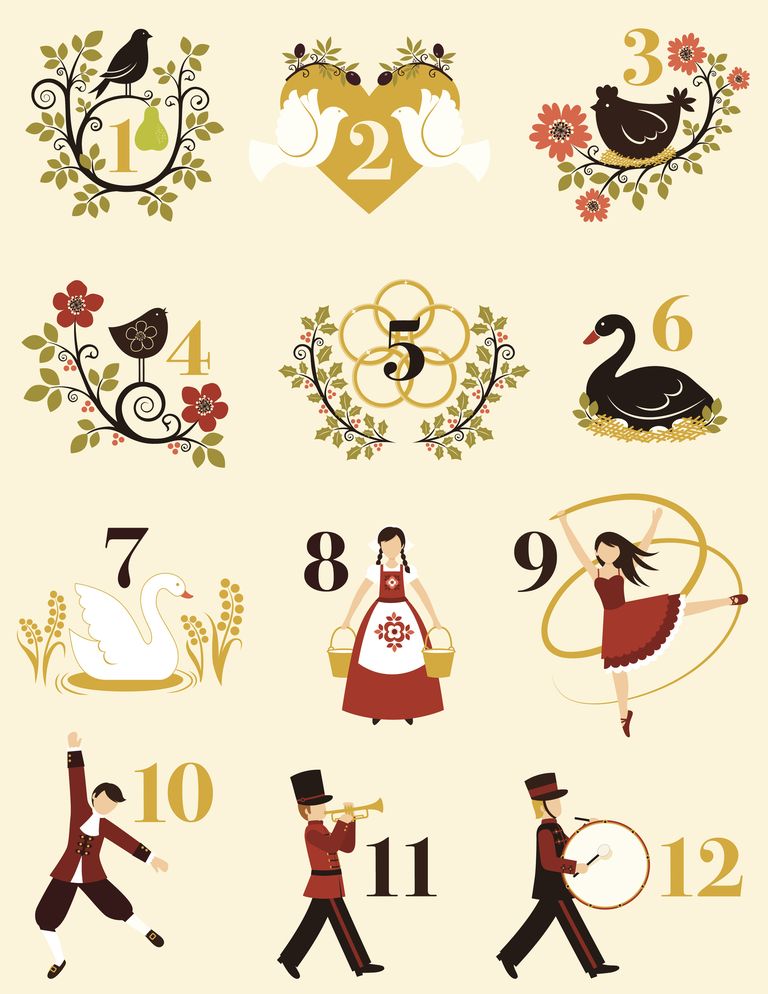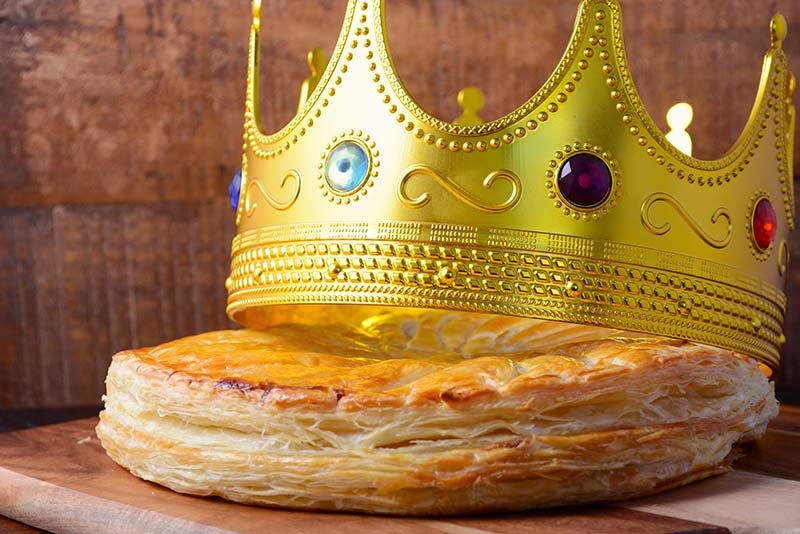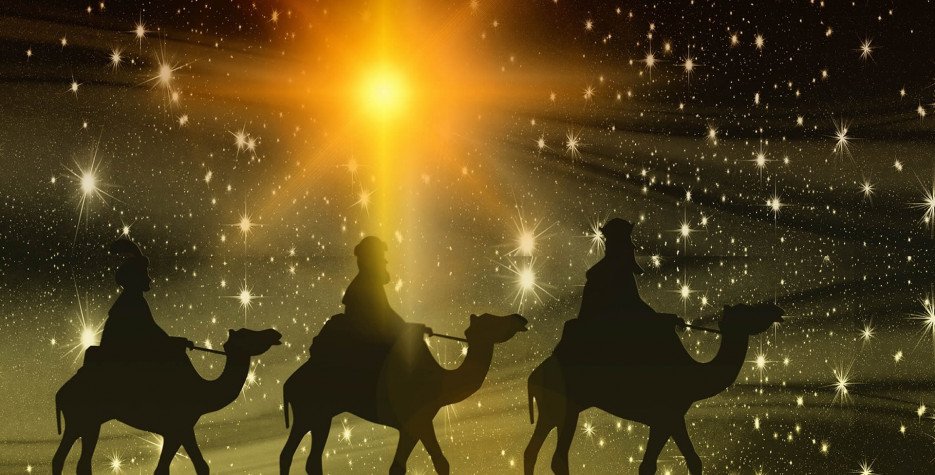You’ve heard the song, but what exactly are the 12 days of Christmas? They’re the days beginning on December 25 and lasting until Twelfth Night on January 5th. Each of the twelve days has a saint or feast day associated with it.

- December 25: Christmas (or Christ Mass), celebrating the birth of Jesus
- December 26: St. Stephen’s Day (the first Christian martyr). It’s also Boxing Day and the day on which the carol Good King Wenceslas takes place
- December 27: St. John the Apostle (one of the original disciples)
- December 28: The Feast of the Holy Innocents, when we remember the massacre of babies by King Herod while he was searching for Jesus
- December 29: St. Thomas Becket (Archbishop of Canterbury in the 12th Century; murdered on this date in 1170)
- December 30: St. Egwin of Worcester
- December 31: Pope Sylvester. Also called New Year’s Eve (or Hogmanay in Scotland) – a traditional day for games and sporting competitions
- January 1: Mary, mother of Jesus (New Year’s Day)
- January 2: St. Basil the Great and St. Gregory Nazianzen (two important 4th Century Christians)
- January 3: Feast of the Holy Name of Jesus (supposedly the date Jesus was officially named in the Jewish church)
- January 4: St. Elizabeth Ann Seton (first American saint, she lived in the 18th and 19th Centuries)
- January 5: St. John Neumann, first Bishop in America (also, so far, the only male American to be named a saint); also called Twelfth Night or Epiphany Eve and traditionally the time to take down your Christmas decorations

Twelfth Night was a time of celebration. Everyone who could afford it threw a large party. Often during this party, the roles were reversed, with servants treated like royalty and vice versa. This dates back to Medieval times when Twelfth Night marked the end of winter (which began on All Hallows Eve). At the beginning of the party, the Twelfth Night Cake was eaten. This was a rich cake made with eggs, butter, fruit, nuts, and spices. The modern cake that’s closest to the original is Italian Panettone.
Inside the cake was a small pea or bean. Whoever found that was crowned Lord or Lady of Misrule, responsible for leading the celebrations wearing royal robes (or a gown). These celebrations trace their roots all the way back to Roman celebrations of Saturnalia. In later times (around the Gregorian period), the tradition was changed. Two tokens were baked into the cake and whoever found them would be King and Queen of the party.
During the celebrations, pipes of all sorts would be played (especially bagpipes). Many different games were played as well, including ones where an egg was passed around the room on spoons and one where people tossed an egg back and forth at increasing distances. When you dropped the egg, you were “out.” Another interesting (and popular) game was Snapdragon, where you tried to pluck raisins (or other dried fruits) from a tray of burning brandy.
Another Twelfth Night tradition was Wassailling, from the Anglo-Saxon phrase “waes hael,” which means “good health.” Originally, the wassail was a drink made from mulled win, curdled cream, roasted apples, eggs, cloves, ginger, nutmeg, and sugar. This was served in huge bowls, often made of silver or pewter. Over the centuries, a great deal of ceremony developed about the drinking of the wassail. The bowl would be carried into the room with fanfare, including a traditional carol about wassailing, and finally the smoking hot beverage would be served.
One of the most popular carols was:
Here we come a-wassailing, among the leaves so green.
Here we come a-wassailing, so fair to be seen.
Love and joy come to you and to you your wassail too,
And God bless you and send you a Happy New Year,
And God send you a Happy New Year.

Twelfth Night is also known as Epiphany Eve. Many families bring the images of the three wise men out on January 5, ready to place them into the nativity scene on Epiphany, which is the Feast of the Three Kings, celebrated on January 6. The word “epiphany” means “revelation,” and the feast celebrates two times when Jesus’ divinity was revealed: the arrival of the three wise men (or three kings) and his baptism, supposedly held on the same date.
In other countries, food plays an important part of the Epiphany celebration. If you live in Spain, you even receive your presents from “Los Tres Reyes Mages” rather than Santa Claus. On the morning of the holiday, you purchase a special pastry called a “roscón,” which means a ring-shaped roll or cake. These are normally filled with cream or chocolate and have a paper crown in the center as a decoration. Inside is baked the figure of a king and a small pea or bean. If you find the former, you can wear the crown for the day; finding the latter means you pay for the cake.
In France, you eat a “Galette des Rois,” which is a type of flat almond cake. Inside is a toy crown and the whole cake is decorated with a paper crown on top. In Mexico, you eat a special cake called “Rosca de Reyes,” which has a baby Jesus baked inside. Whoever finds the baby Jesus inside their slice of cake is the “godparent” of Jesus for the coming year. In Catelonia, the ring-shaped cake is called a “Tortell” or “Gateau des Rois” and is filled with marzipan.
In Portugal, people participate in Epiphany carol singing known as the “Janeiras” (January songs). On the island of Madeira, these carols are known as the “Cantar os Reis” (singing the kings). In Italy, some children also get their presents on Epiphany, but they believe an old woman called Befana puts them into their hung-up stockings. Children in Belgium dress up as the three wise men and go from door to door singing for money or sweets. Polish children also go out singing on Epiphany.
In Austria, people may write a special sign in chalk over their front door. This is a reminder of the three wise men and is made from writing the year (split in two parts) with the initials of each wise man in between the parts. The three are usually called Caspar, Melchior, and Balthazar, so 2022 would be written “20*C*M*B*22.” This sign protects the house for the coming year. Some parts of Germany have a similar tradition.
In Ireland, Epiphany is known as “Nollaig na mBean” or “Women’s Christmas.” Women are given the day off while the men cook and clean house. In New Orleans, Louisiana, the Christmas tree is either taken down on Epiphany—or the ornaments replaced with purple, gold, and green ones, which makes the tree a Mardi Gras tree instead. People also eat King Cake, which is a cinnamon pastry with sugar on top, often filled with cream cheese or jelly/jam. Inside is a baby Jesus figure; whoever gets the figure in their slice of cake buys the next cake.

Now you know the history of the 12 Days of Christmas—and you can celebrate for an additional twelve days instead of winding everything down on December 25th.




